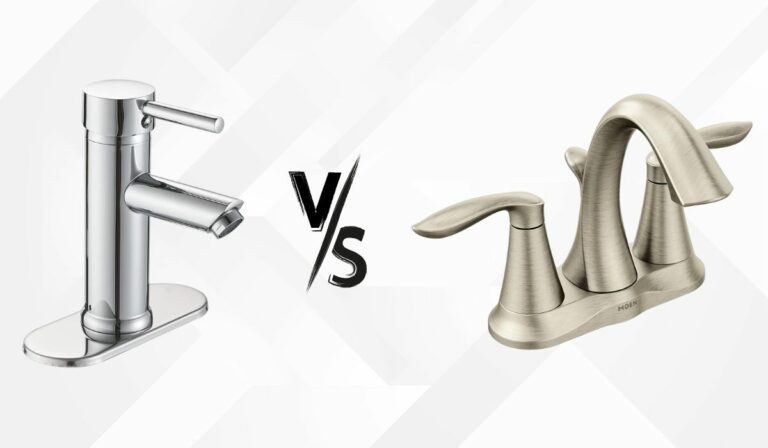How To Remove A Bathtub
Removing a bathtub might sound like a challenging job, but with the right guidance and preparation, you can tackle it yourself with confidence. Whether you’re renovating your bathroom or replacing an old tub, understanding the proper steps and precautions is key to a smooth removal process. This guide walks you through everything from safety tips to disposal, ensuring you’re fully equipped to handle the job efficiently and safely.
Safety Precautions And Preparation
Before you begin removing your bathtub, safety is paramount. First, turn off the water supply to prevent any leaks or flooding. Make sure to shut off electricity in the bathroom if you’ll be working near outlets or lighting fixtures. Wear protective gear like gloves, safety glasses, and sturdy boots to protect yourself from sharp edges and debris.
Next, clear the bathroom of any personal items and furniture to give yourself enough workspace. It’s also wise to cover the floor outside the tub area with drop cloths or plastic sheets to catch water and debris. Finally, check for any hazardous materials, such as lead paint or asbestos in older homes, and consult a professional if needed before proceeding.
Tools And Materials Needed
Having the right tools on hand makes the removal process much smoother. You’ll typically need:
- Adjustable wrench and pipe wrench for plumbing connections
- Pry bar and hammer for removing tiles and detaching the tub
- Utility knife for cutting sealants and caulking
- Screwdrivers (Phillips and flathead) for removing screws
- Reciprocating saw or hacksaw for cutting through nails or pipes if necessary
- Bucket and towels for water drainage
- Safety equipment (gloves, goggles, dust mask)
Gather these tools beforehand to avoid delays and keep the workflow steady. Depending on your tub’s installation, you might also want a helper, especially when it comes to lifting and removing the tub.
Step-By-Step Guide To Removing A Bathtub
Removing a bathtub involves several critical steps. Here’s a detailed breakdown:
Disconnecting Plumbing Fixtures
Start by shutting off the main water supply. Open the faucet to drain remaining water. Disconnect the bathtub’s drain trap and supply lines using your wrenches. Be cautious to avoid damaging pipes if you plan to reuse them.
Removing Surrounding Tiles Or Walls
If the tub is enclosed by tile or drywall surrounds, you’ll need to carefully remove them. Score the caulk lines with a utility knife, then use a pry bar to gently lift tiles or panels. Take care to minimize damage to the walls if you plan to reuse or repair them.
Detaching The Bathtub From The Floor And Walls
Bathtubs are secured with nails, screws, or adhesive. Locate and remove any fasteners along the tub’s flange or mounting brackets. If the tub is set in mortar or adhesive, you may need a hammer or reciprocating saw to break the bond. Patience is key, work carefully to avoid injury or damage.
Lifting And Removing The Bathtub
Once detached, carefully lift the bathtub out of its space. Bathtubs are heavy and awkward, so it’s best to have a helper. Use proper lifting techniques to avoid back strain, bend your knees and keep your back straight. Slowly maneuver the tub through doorways and hallways to an outdoor area or disposal spot.
Cleaning Up After Removal
After the tub is out, it’s important to clean the workspace. Remove any remaining debris, nails, or adhesive residues from the floor and walls. Sweep or vacuum dust and dirt to prevent it from spreading.
Inspect plumbing exposed during removal for leaks or wear, and repair as necessary. If you’re planning to install a new tub, this is an ideal time to prep the space, check wall studs and floor condition, and make any needed repairs or waterproofing measures.
Disposal And Recycling Of Old Bathtub Materials
Disposing of your old bathtub properly ensures you’re adhering to environmental best practices. Many tubs are made of fiberglass, acrylic, cast iron, or steel.
- Fiberglass or acrylic tubs: These are typically not recyclable through standard municipal programs but can sometimes be taken to specialized recycling centers.
- Cast iron or steel tubs: These metals can often be recycled as scrap at metal recycling facilities.
Contact your local waste management or recycling center to confirm disposal options. You might also arrange for a bulk pickup or hire a junk removal service. Never leave old tubs at the curb without verifying community regulations, as fines can apply.
Common Challenges And How To Overcome Them
Removing a bathtub poses challenges, but knowing them in advance prepares you to handle obstacles:
- Heavy weight: Cast iron tubs are extremely heavy. Always have at least one assistant and use proper lifting techniques.
- Stuck or rusted fasteners: Use penetrating oil on rusted screws or bolts before attempting removal. A reciprocating saw might be necessary for stubborn fasteners.
- Damaged plumbing or walls: Be ready for unexpected plumbing repairs or drywall patches once the tub is out.
- Limited workspace: Plan how to maneuver the tub through narrow doorways or halls before removal, possibly removing doors or trim if needed.
Approach problems methodically and don’t hesitate to call a professional if the task exceeds your comfort or skill level.
Conclusion
Removing a bathtub is a manageable DIY project when you plan carefully, use the right tools, and follow safety protocols. From disconnecting plumbing to tackling tile surrounds and disposal, every step requires attention to detail and patience. By anticipating common hiccups and preparing your space, you can avoid surprises and complete your bathroom remodel confidently. Remember, taking your time and working methodically will make the process smoother, and soon you’ll be ready for a fresh new tub that transforms your bathroom.

